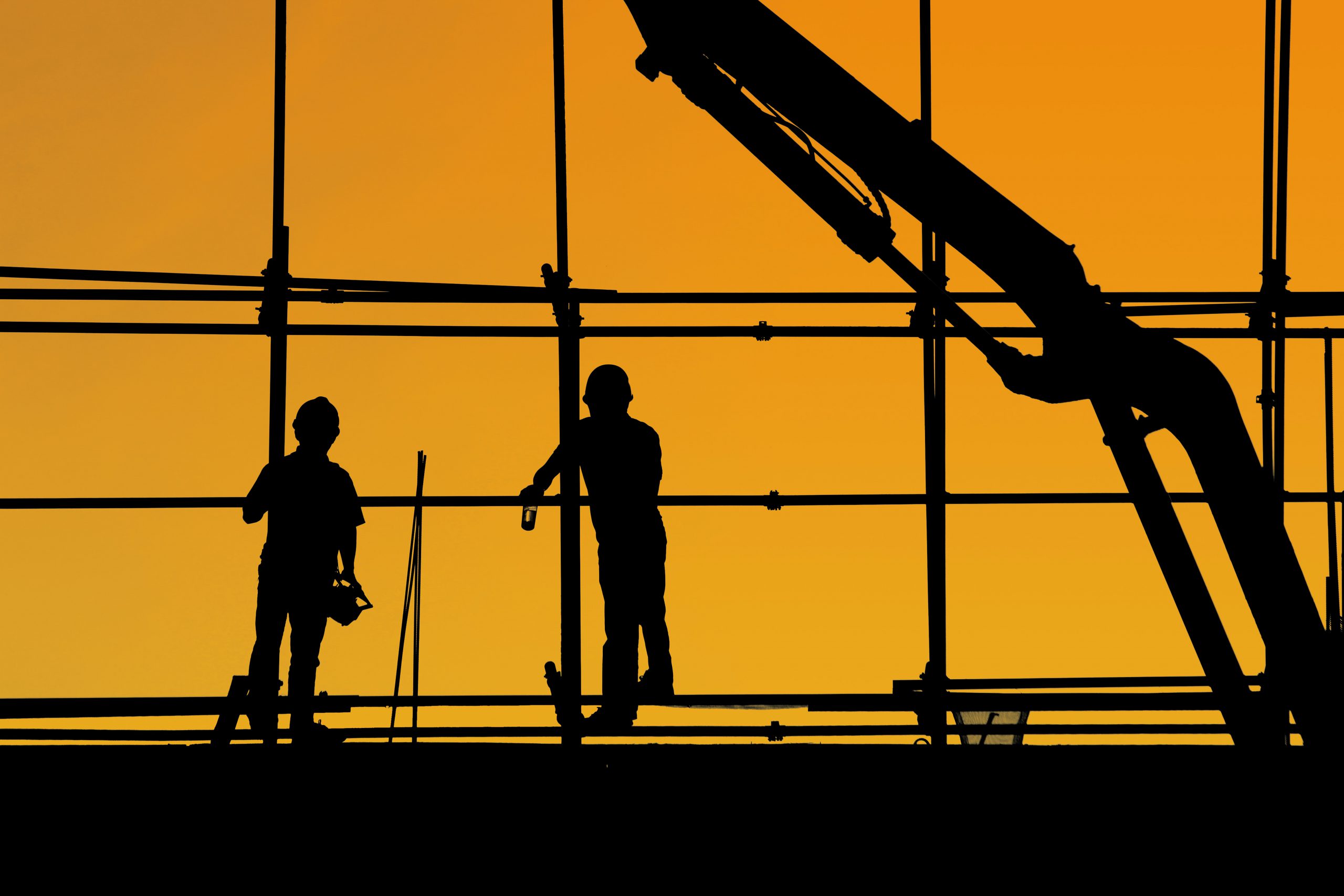Noise hazards at the workplace, even though they’re completely preventable, represent one of the most common reasons for the occupational health issues.
Considering the fact that noise is very common in our culture and that the damage from it happens gradually, the effects of the noise are often underestimated.
What is the noise?
The sound starts as vibrations, and when these vibrations reach your ear they are converted into electronic signals that the brain understands as the sense of hearing.
Noise is unwanted sound, so it’s perception is subjective.
There is no physical difference between noise and sound. Hazardous noise levels can cause hair cells of the inner ear to collapse and flatten temporarily, which can result in deafness.
Depending on the length of exposure and noise levels, hearing damage can be temporary or permanent. Exposure to the high noise over a long period of time can cause hair cells in the inner ear to become permanently damaged which leads to permanent hearing loss.
Hazardous noise level at the workplace
In some occupations such as manufacturing and construction, a certain level of noise is inevitable.
Excessive noise levels at work can have a significant impact not only on your hearing abilities but also on your emotional stress and productivity.
A noisy environment makes it hard to communicate with your coworkers and can lead to workplace accidents. When exposed to excessive noise over a long period of time hearing loss happens gradually and it can be hard to notice until it’s too late.
Exposure to peek sound waves such as an explosion can cause damage to your hearing immediately.
There are several ways to determine if the noise level in your workplace is hazardous to your hearing
- If you experience ringing in your ears after you leave work
- If you have to raise your voice to be heard and your coworker is standing an arm’s length away
- If the noise level is above 85 dB (you can use your smartphone to test noise level)
- If you experience temporary hearing loss after leaving work
Reducing noise hazards
Employers are obliged by the law to protect their employees from risks associated with excessive noise.
A competent person should assess noise levels, and make a plan on how to keep the noise levels down and protect employees.
Providing hearing protection is the first step, but there are more things that can be done to reduce hazardous noise levels.
For example:
- Existing equipment can be replaced with quieter pieces.
- Regular maintenance of equipment can reduce noise from moving parts.
- Positioning noisy machinery away from workers.
- Reducing the time workers spend in noisy areas.
- Isolate the noise source.
After providing hearing protection suggested by noise specialist, the employer must make sure that it’s used and provide training on how to use and properly maintain it.
With the use of noise control the goal is to minimize hazardous exposure where the risk to hearing is minimized or completely eliminated. Even a small reduction of a few decibels decreases the risk of hearing damage and improves communication.
All noise control solutions that are implemented should be regularly reviewed and revised in order to maintain a healthy work environment and reduce exposure to hazardous noise.
Hearing protection
Realistically, it’s not always possible to eliminate the noise hazard, so we use protection against hearing loss.
Hazardous exposure to noise can be reduced with earmuffs and earplugs. If inserted correctly earplugs provide the greatest amount of protection.
On the other hand, earmuffs are easier to wear which is the reason some employees prefer them. When hearing protectors are removed even for a short period of time protection from hazardous noise is substantially reduced.
- Earplugs – are small and more comfortable for long-term wear in a hot work environment. They can be combined with other protective equipment, including ear muffs. On the other hand, earplugs may require more time to fit. They need to be properly maintained and stored, otherwise, they could be easily misplaced. Sometimes the can irritate the ear canal.
- Earmuffs – are designed in a way to fit most head sizes, and they can be worn even with a minor ear infection. It is easier for the employer to monitor their use, as they can be seen at a distance. Wearing ear muffs also has disadvantages. First of all, they are not always convenient to use with other protective equipment, such as safety or prescription glasses. They can become very uncomfortable if the work area is hot or humid.
In order to reduce the risk of hearing loss workers should use hearing protection if the noise level at the workplace exceeds 85 decibels.
Adequate protection should be compatible with other protective equipment and communication devices. It is also important that provided protection is comfortable enough and appropriate for the work environment.
Considering the fact that the choice of hearing protection is a personal one, it is best to provide a number of different types to choose from.



